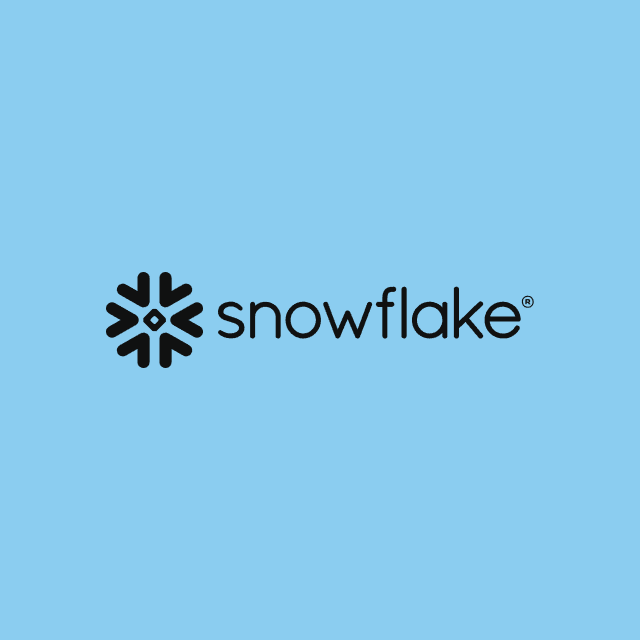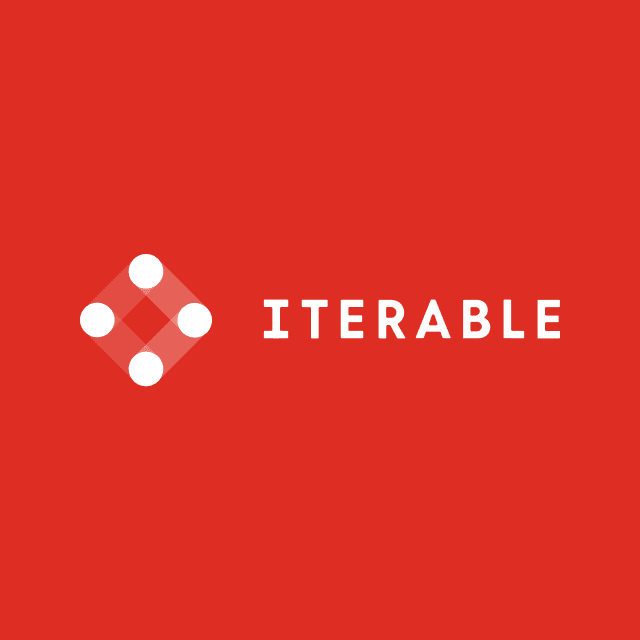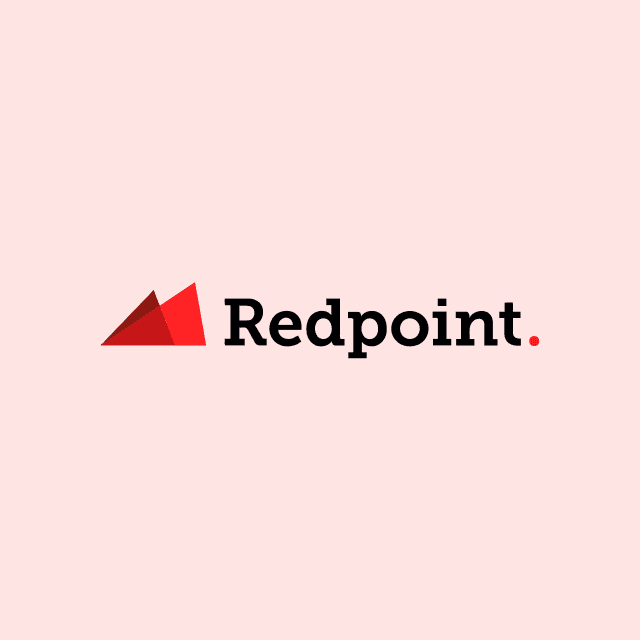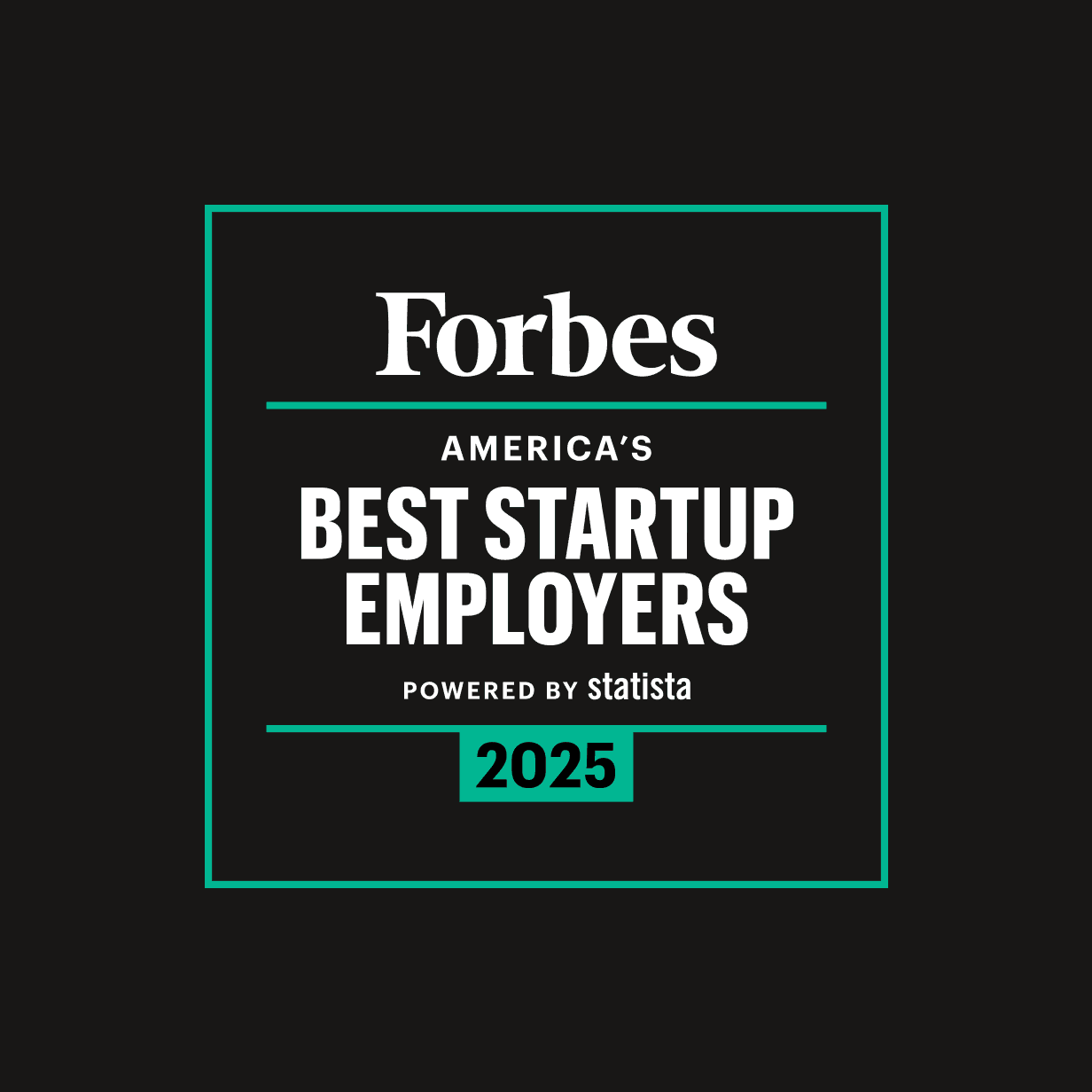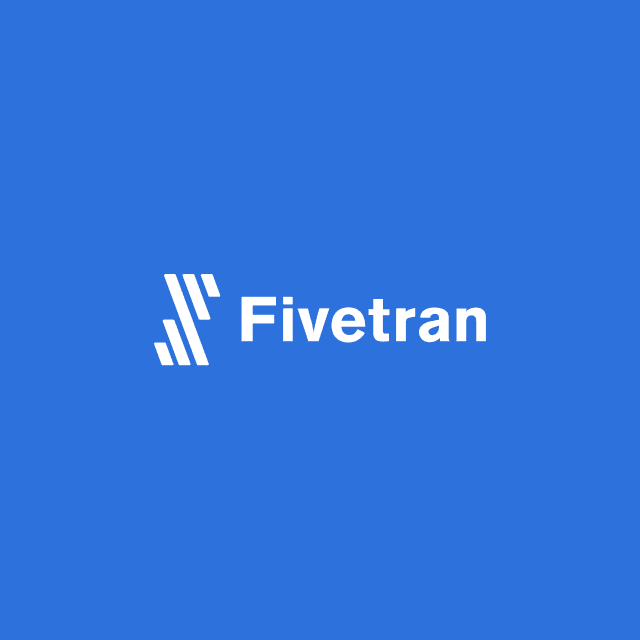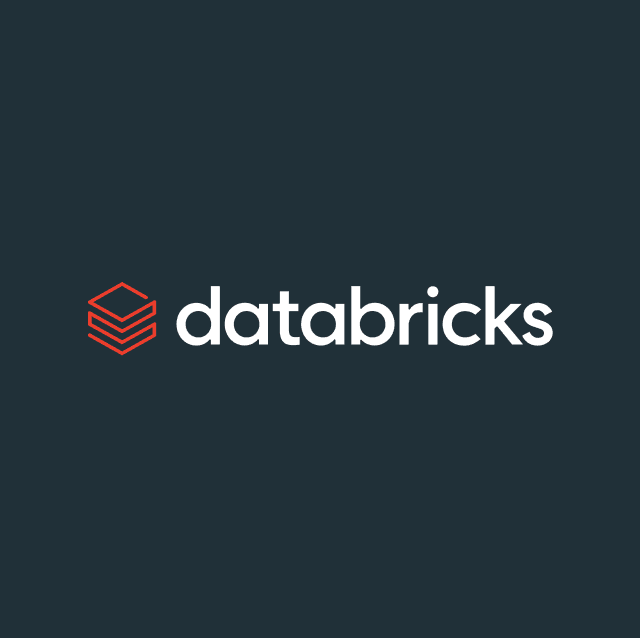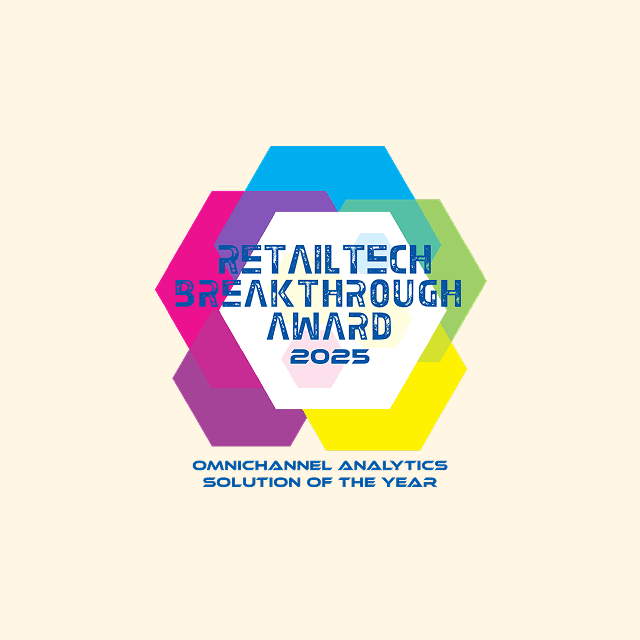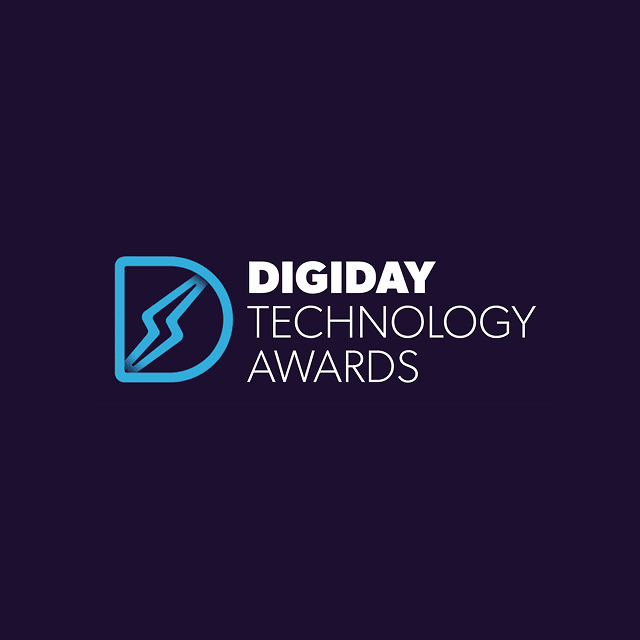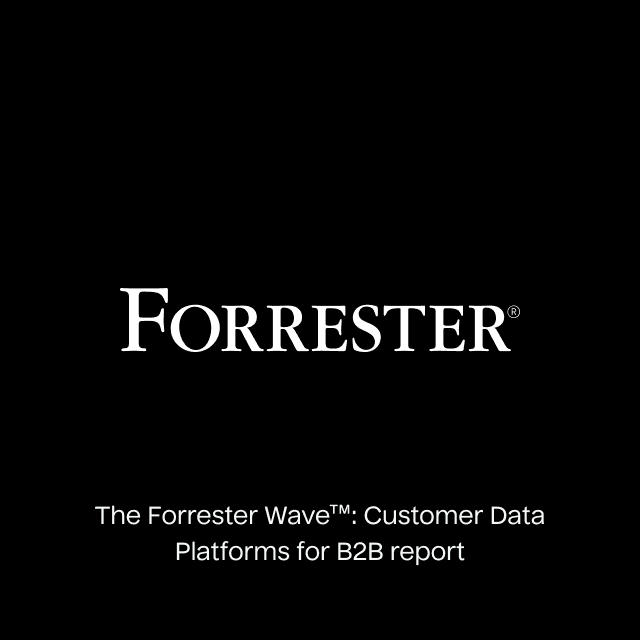Google Analytics only shows a single view of your customers. One of the core challenges for marketing teams across industries is accessing valuable customer data in the right tool at the right time, whether enriching your product analytics tool with rich behavioral data or syncing product usage data to Salesforce. Since the inception of data, figuring out how to move information between systems has been a constant problem, giving rise to what's now a multi-billion dollar category of data integration.
Customer Data Platforms (CDPs) have risen up as one of the best solutions to tackle data integration. For the uninitiated, CDPs help you collect and consolidate all of your data from all of your sources and send that information to different target destinations for activation.
CDPs specialize in creating a 360-degree view of your customer, enabling you to build audiences and segment users based on attributes that you define. They also provide an additional activation layer for marketing automation so you can drive business outcomes and optimize your marketing strategy to build personalized content and user experiences. CDPs are API integration platforms that let you run more impactful marketing campaigns.
Thanks to the $3.2 billion acquisition by Twillio, Segment has become one of the most popular CDPs in the martech world, helping to drive better alignment between data and marketing teams. Since then, the competition has heated up substantially, and there are quite a few competitors and alternatives to Segment.
Traditional CDP vs. Composable CDP
See how the two approaches compare across speed, compliance, cost, and scale—all in one chart.


What is Segment?
Segment is a marketing tool originally created to solve the challenge of collecting and moving user behavior data from digital properties like websites and apps. In its simplest form, Segment collects first-party data in the form of user events and syncs that data to various SaaS tools and end destinations.
Segment provides an API library that you can run as code on your website, app, or server to generate messages based on specific events that you define (e.g., page views, last login date, shopping cart abandonment, etc.) This information is then tied to a user profile within Segment, where you can use it to build custom audiences and sync them to your downstream SaaS applications. Ultimately, Segment is a customer data management platform that helps you leverage your data to create personalized customer experiences for every step in the customer journey.
Who Uses Segment?
Segment has two core audiences, marketing teams and engineering teams. Segment appeals to marketers because it gives them an easy way to collect and merge different data sets to create customer profiles, enrich audiences, and activate campaigns across various tools. On the other hand, engineering teams are drawn to Segment because they don't have to spend time creating their own event tracking library and building custom integrations to all of their SaaS tools.
With Segment, your engineers don't have to develop and maintain pipelines, and marketers don't have to wait on your data team whenever they want to experiment or run a new marketing campaign.
How Does Segment Work?
Although Segment can solve many use cases, its suite of products tends to be centered around Warehouses, Personas, Functions, and Journeys.
Segment Warehouses
Segment's Warehouses feature allows you to send data directly to your data warehouse. This can be especially useful if you're already using Segment for event collection. You can pair that data with other first-party data so your data team can transform and model it.
Segment Personas
Segment Personas is a visual audience builder that helps you enrich customer profiles with new traits. Segment Personas takes event data across multiple devices and channels and intelligently merges it using identity resolution to create a single view of your customer.
Audiences within Segment are defined as either users or accounts that match specific criteria. An example could be users who abandoned their shopping cart at X amount of time or purchased an item in the last seven days. Segment Personas lets you visually define these types of segments using a point-and-click UI without needing to know SQL.
Segment Functions
With Segment Functions, you can do basic transformations on events and send them to external tools and various APIs without having to set up or maintain any infrastructure. However, the transformation function is minimal and not nearly as strong as native languages like SQL or dedicated transformation tools like dbt.
Segment Journeys
Segment Journeys is a feature that lets you orchestrate and automate digital touchpoints to deliver personalized experiences to potential customers. Journeys is a visual workflow and automation tool that enables you to orchestrate multi-step processes and streamline business workflows (e.g., sending a welcome email through Marketo to users to new users.)
What Are the Alternatives to Segment?
Many competitive threats have arisen over the last few years as the CDP space has started to heat up, and there are now several great alternatives to Segment.
mParticle
mParticle is a direct competitor to Segment that focuses on enterprise-sized companies. Instead of falling into the CDP category, mParticle brands itself as "Customer Data Infrastructure" (CDI). At its core, CDI focuses on data integration, data governance, and audience management.
Since mParticle is tailored toward enterprise companies, it places a higher focus on providing customer service and support. All mParticle customers are assigned a dedicated customer success rep on day one. Additionally, mParticle was actually one of the very first companies in the CDP space to offer professional services and release an audience-building product. Segment Personas was a direct result of mParticle's Audiences product.
Another core difference between the two is that mParticle offers more robust capabilities around mobile event tracking and data integration, making it a better engine for data-driven growth. All in all, mParticle tends to provide more powerful capabilities than Segment. Both solutions are tailored towards developers and have a substantial implementation/setup time before marketing teams can begin leveraging either tool to the fullest extent.
Tealium
Tealium is a Segment alternative that places a higher emphasis on marketers instead of developers. Tealium is a CDP solution that focuses on enterprise-sized companies. Before becoming a fully-fledged CDP, Tealium fell into the category of "enterprise tag management" (e.g., a competitor to Google Tag Manager, a free service that allows users to implement marketing tags or snippets of code for tracking purposes on their website). On the other hand, Tealium's flagship product, "Tealium IQ," offers more flexibility because it is not a native Google service, meaning it can integrate with various platforms.
Aside from offering the typical capabilities of a CDP, Tealium is HIPAA compliant and will sign on BAAs or business associate agreements (e.g., a contract that outlines each party's individual responsibilities for protected health information). This is why many healthcare and financial services companies are drawn to Tealium. This removes some of the 3rd party risks and other risk factors that can affect underlying business goals.
Lytics
Lytics is a competitor to Segment that is very focused on empowering marketers. Due to this, the implementation time for Lytics tends to be substantially longer than marketing tools and CDPs. However, as an upside, Lytics has a highly intuitive UI tailored toward marketers, making it extremely streamlined and easy to use.
Lytics has much more detailed and predictive machine learning capabilities than other platforms and there’s even an ML API that provides a framework to create custom ML models. These models are self-training and continuously updated in real time. All audiences created in Lytics also update in real time with no user input.
Rudderstack
RudderStack is slightly different from the previous competitors because it's a fully open-source CDP with a suite of cloud-based products tailored toward developers. RudderStack's core product functionality enables developers to deploy data pipelines and collect customer data from various apps, websites, and platforms to auto-track events.
Although RudderStack claims to be open-source, most features, like cloud connect, ETL/ELT, Reverse ETL, etc., are locked behind the paid offering. RudderStack has a couple of upsides, though. Being an open-source platform, RudderStack is the only CDP that can run entirely on-premise. Additionally, Rudderstack does not own any of the data it hosts because everything is housed within your own proprietary technology stack.
Simon Data
Simon Data is a Segment competitor that operates as an email marketing automation platform combined with a CDP. It's very similar to solutions like Braze, Iterable, or Marketo. Most CDPs capture data from various sources to create audiences and then push that information back into operational platforms so marketers can use it to launch campaigns. However, Simon Data claims to do all of this in one.
Simon Data locks you into a simple user and event data model rather than supporting all types of data within the warehouse, like products, groups, flights, trips, purchases, etc. Simon Data also creates another challenge: it doesn't support notifications efficiently, which is one of the many reasons companies choose to leverage dedicated solutions like Iterable or Braze on top of a CDP.
ActionIQ
ActionIQ is a Segment alternative that focuses on helping companies achieve a total "digital transformation." ActionIQ is very different from other CDPs because it leverages a database and adds a CDP as an additional layer. To be specific, ActionIQ helps companies assemble disparate data sources together into their own unique ActionIQ database and enables users to leverage this data through a conventional CDP.
This solution tends to be very professional services-heavy, and getting data into the platform can take time and effort. It often takes up to a year to implement. Similarly, ActionIQ's entire data model is focused solely on contacts and fields, which means you have limited flexibility in how your data is prepared. ActionIQ is built for businesses that have invested significantly in a specific technology stack and are simply looking for additional tools and data access.
Amperity
Amperity's core customers tend to be large retail or traditional brick-and-mortar businesses with extremely disparate data sources. Amperity is a CDP platform that is highly specialized in identity resolution. It has "state of the art" machine learning technologies. In contrast, most CDPs use simple "deterministic" identity resolution logic (e.g., "email = email," then this is the same user). Like most CDPs, Amperity does have some of the typical marketing activation capabilities. However, these are more limited. At its core, Amperity is extremely efficient at identifying and predicting customer behaviors.
The Downside of CDPs
There are several downsides to all CDPs. Firstly, implementing any CDP can take six months at the bare minimum. To make your CDP useful, you must enrich it with additional information from your warehouse. This means you end up paying for an extra layer of storage for data you already own, forcing you to give control of your data to another third-party vendor. CDPs also come with a steep learning curve because you must teach your data and marketing team the ins and outs and all the small nuances.
Pricing for CDPs is often based on the number of customer records you store, meaning you pay based on volume. Most of the platforms in the CDP category are built around rigid data models and objects related to users and accounts, making it very difficult to address more complex use cases around custom objects like workspaces, subscriptions, or playlists.
Introducing the Composable CDP
Ultimately, you need a way to sync the data from your warehouse to your operational tools; this is precisely where Hightouch can help. Hightouch is a Reverse ETL platform that syncs data to over 200 different destinations by querying against your data warehouse.
Hightouch never stores any of your data, and you have complete control over how you can define your data. There's even a visual audience builder for marketers that lets you easily build audience cohorts using the parameters your data team has set in place. You can sign up for a free Hightouch workspace today and start syncing your data immediately.
Traditional CDP vs. Composable CDP: Which Fits Your Data Strategy?
Cut through the noise with our side-by-side guide. See exactly how traditional CDPs stack up against Composable CDPs across cost, speed, compliance, and flexibility.
- Faster time-to-value: Why Composable CDPs launch in weeks, not months
- Complete flexibility: Compare schema limits vs. support for any data model
- Better compliance: GDPR, CCPA, and HIPAA readiness at a glance
- Cost transparency: Bundled MTU pricing vs. unbundled features
- Built for scale: How Composable CDPs enable advanced personalization
Get the guide and decide if it’s time to modernize your CDP strategy.






